Ventum’s Metamorphosis
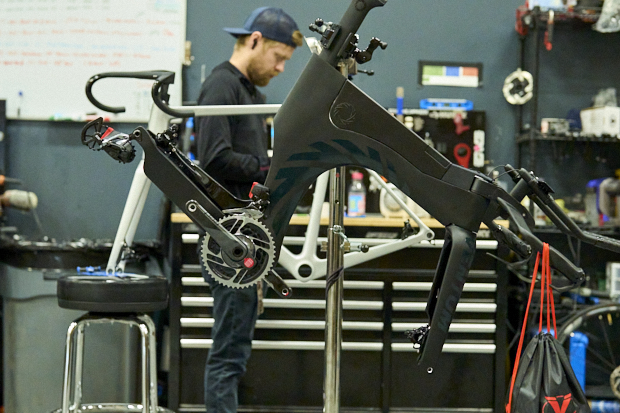
There was a whimsical awards ceremony at the Interbike tradeshow during the 1990s, staged by an equally whimsical group called SOPWAMPTOS: Society Of People Who Actually Make Their Own Sh*t. The thesis behind the awards, and the group, was that a lot of bike brands consisted only of offices. Telephones. Corporate filings.
Litespeed is a brand that Actually Make Their Own Sh*t. As does Giant, HED, Zipp and ENVE. When I was a manufacturer we made our own wetsuits, and two dozen or so fabric cutters, gluers, sewers worked about 50 feet from my office. Since I left manufacturing there has been a further separation between brands and the factories making goods for those brands (no triathlon wetsuit company manufactures all its own wetsuits that I know of). Bikes are almost entirely made by somebody, anybody, except the company that owns the brand name on the down tube. But I think that has begun to shift.
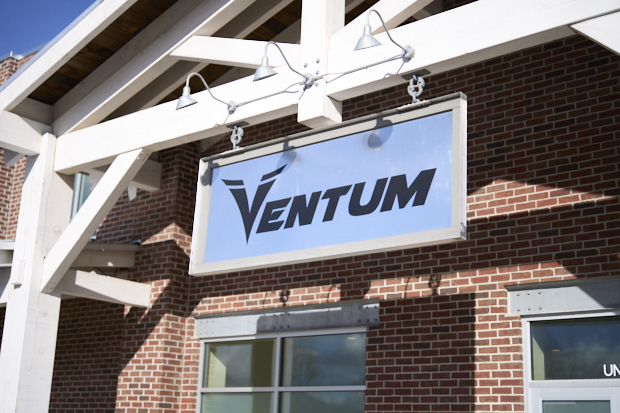
There was a stampede into China to make bicycles beginning in the mid 1990s; and now there is a stampede out of China. Brands today are looking to make bikes anywhere… as long as it's not China. (More on that when I write just about China.)
Many brands are continuing, at least for now, to build frames in Asia or Eastern Europe, but are bringing certain processes in-house. I’ve written about how American Bicycle Group (which includes Quintana Roo) is painting and assembling in its Chattanooga factory (alongside the tube cutting, welding and finishing stations where Litespeed Bicycles are made).
Ventum Bicycles has brought complete bike assembly stateside as well, and this has been an interesting brand to watch. Begun in Miami, and at that time looking nothing like a SOPWAMPTOS member, the brand has sprung new heartland roots. Remember when Ventum was a one-model brand? “That is an interesting bike,” I remember thinking at the time, “but a single bike model is not a business.” Let’s look at what Ventum has become. Below is the entryway to the facility, just inside the front door but with the sausage factory out of view.
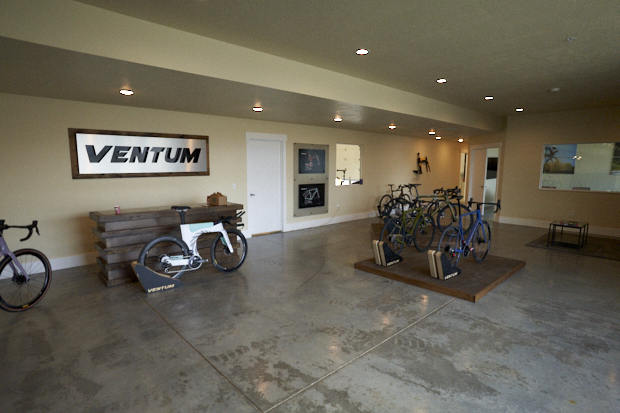
The move from interesting oddity to fully-fleshed company started with its move from Miami to Utah. As I travel all over the rural parts of that state Heber City is one of those places I love, where multi-generational farmers and ranchers descended from hardy Latter Day Saint stock appear (to me at least) to comfortably absorb the influx of Utahans from other states, providing that all parties love the land and work hard. Heber City is like that. One of Ventum’s employees belongs to a family that’s owned a local dairy farm for generations.
Moving from Miami to Heber City is not what you do if you’re just an office and a logo, but move Diaa Nour did. The founder of Ventum is now a Florida expat and he votes in Utah. He has surrounded himself with a staff from all points, some who moved from Florida. The CFO is former pro triathlete Barrett Brandon (who we interviewed earlier this year). His wife is current pro Lauren Brandon, and they came up from Texas. Barrett is in the image below, as he and I look over Ventum’s GS1 gravel bike.
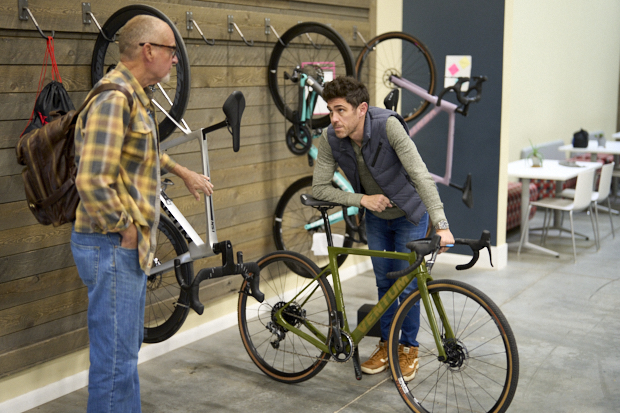
Ventum introduced that road bike in 2017. It was not cheap. New introductions usually aren’t as the process of design, testing, and mold and fixture making are all up-front costs. But the company has been downstreaming its products to more achievable price points, and the Ventum NS1 road frameset is built into complete bikes starting at $3,699. This is the bike model ridden by Morgan Pearson up through the recent Olympics.
You’ll see how this built process looks as you work your way through the configurator online, and honestly when I did so I had to go back to find (what I thought was) my mistake. That bike, complete, at $3,699, is built with SRAM Rival eTap AXS, a groupset I’m quite familiar with and fond of. I’m sure there’s an electronically shifted road bike selling for less than this, but I don’t know where. A Specialized Tarmax SL7 Comp with this groupset sells for $5,000.
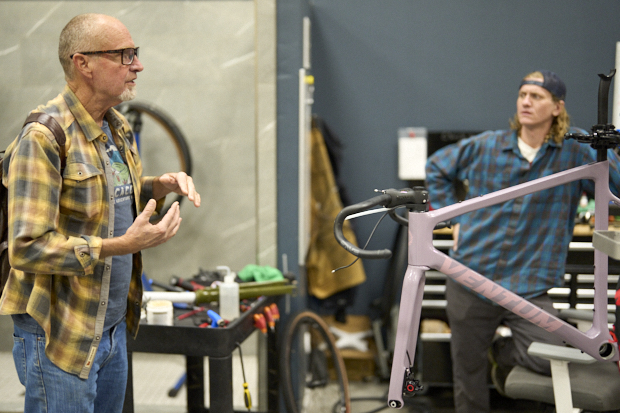
Likewise the foray into gravel, which I guess you’d have to do if you’re a Utah-based company. A Ventum GS1 outfitted with a SRAM Rival XPLR AXS groupset, an electronic shift system, and 1x gearing down to 10-44, sells for $3,499. This is a big thematic change for this brand.
Simply put, there are two ways you can approach pricing. First is, “How much money can I possibly extract for this bike?” Second is, “How little can I sell this bike for and still keep the doors open and grow the company?” I don’t know if Ventum ever embraced that first method of pricing, but it sure seems to be in that latter camp now.
I admire today's version of the One, the tri bike, but it was their road and gravel bikes that caused me to travel to Utah to kick the tires of this company. The value there. But operating on thin margins to deliver that value leaves little room for error, and I get the sense the current parts shortage is causing Ventum fits (a common story today).
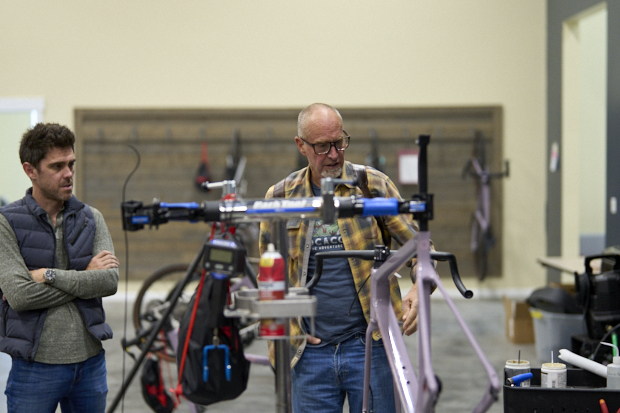
As to the bikes themselves, there is a kind of mythology around Giant. It’s known in the Orient as Giant U, as in University. There are so many brands in cycling – really good brands – that were founded by ex-Giant staff, that it’s become apparent that Giant is more than just a bike maker; it’s the Oxford University of bike brands. Cervelo has become that. Brands from Cannondale to Factor have a little bit of Cervelo secret sauce mixed in, and you can see it in Ventum’s bikes if you know a little about how these bikes are designed and who designs them.
I see the most intrepid brands following a similar pattern, and Ventum is right in there with them. It starts with the sales channel. The best brands take what the defense gives them. If you have a strong online seller, or a strong retail partner in a region, you honor and protect that partner. If you don’t, you are the retail presence, either via a company-owned store or consumer direct.

Regardless of how you get your bike, the path of the future is to allow the customer maximum choice for mid- and high-end bikes. If you go onto Trek Project One site, or Quintana Roo’s site, or Ventum’s site, you’ll see a configurator where you select your model, size, color, groupset, wheelset and so on. You can’t easily do this if you don’t assemble in the country or region where the customer lives. Look for these brands to not only operate this way in the U.S., but to forge partnerships with similar brands in Europe and elsewhere.
Then comes the delivery. A number of companies are getting ready to launch, or are already providing, a door-to-door bike delivery service. Imagine Tri Bike Transport, but instead of LBS to race, it’s bike maker to bike customer. No box, no assembly. Both ABG (Litespeed, OBED, Quintana Roo), and Ventum offers this, using the same service provider, Kitzuma. You can also get a Wahoo KICKR Bike delivered this way, and the sky is the limit on this. However, this makes no sense for traditional bike shop business, as bikes need to be stored with more space economy, and are assembled where they’re made, a continent and an ocean away. The trailblazing brands are embracing this pathway for paint, assembly and delivery and Ventum is one of them.
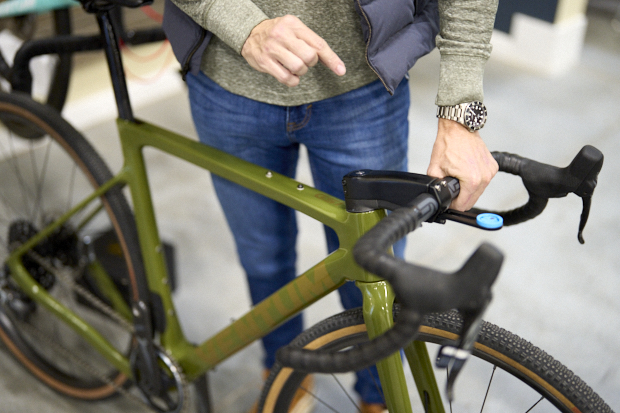
Is there a point to my meanderings? It’s this. A lot of businesses are designed and managed to accommodate that business’s owners. The company location, product styles, hours worked, risk profile, executive perqs and compensation, all are designed to satisfy the owner. In my experience these businesses usually struggle or fail. It may be depressing to read (if you’re contemplating a move to self-employment), but successful entrepreneurs debase their own desires and elevate the needs of the companies they’re building.
Businesses have a language, and you can hear them speak if you listen. In today’s world successful entrepreneurs listen to their businesses, and they risk and sacrifice in order to accommodate its needs. As I have spectated this brand, Ventum took this second route and as a result that brand now looks and acts like the brands in our industry I most admire.
[PHOTOS: Slowtwitch Media House]


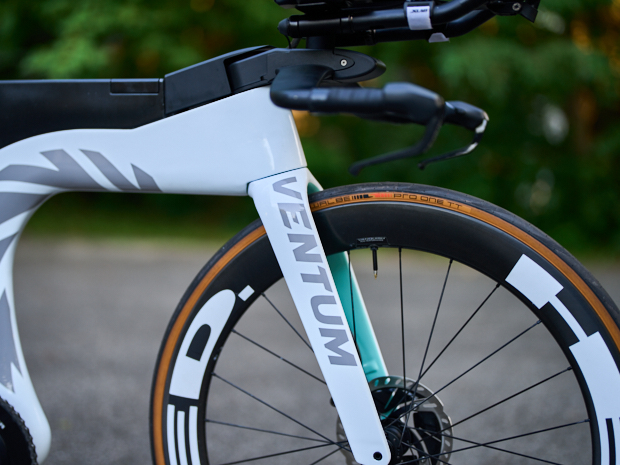
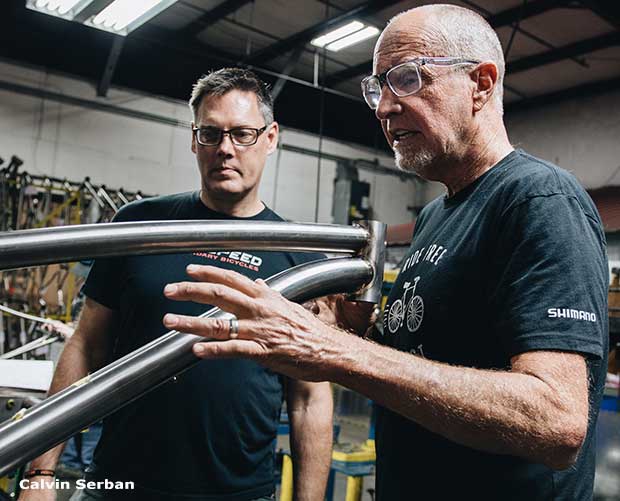

Start the discussion at slowtwitch.northend.network